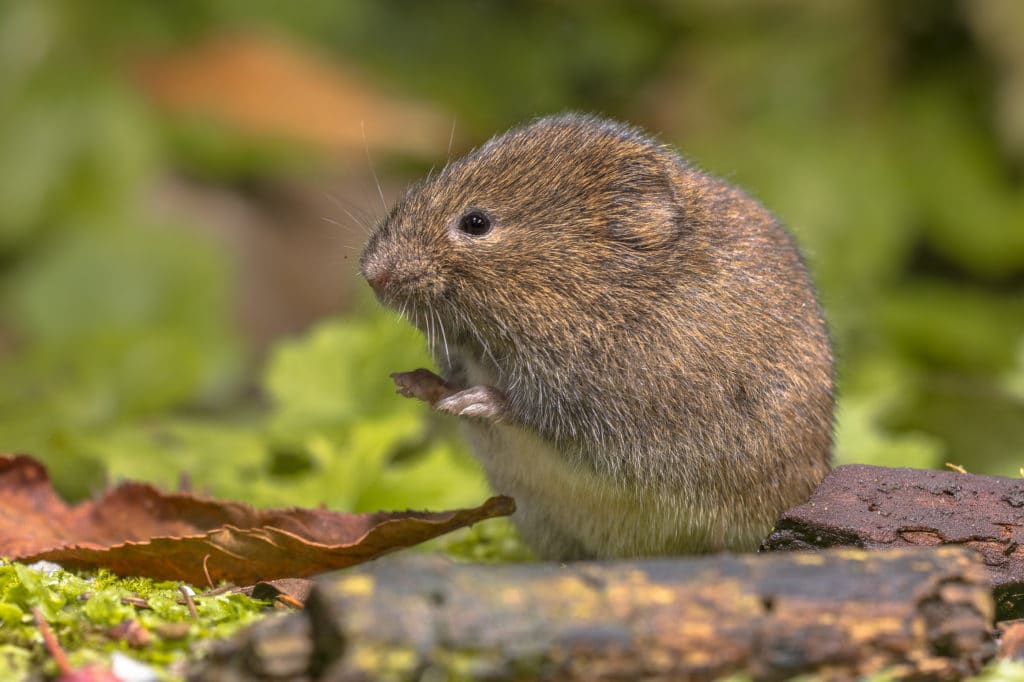Comprehensive Overview to Efficient Vole Bug Control: Infestation Identification and Therapy Approaches
In the world of efficient parasite control, vole infestations position an unique challenge that requires a critical approach. By checking out the nuances of vole behavior, recognizing key indications of problem, and evaluating a variety of control options, one can develop a comprehensive strategy to battle these evasive parasites.
Recognizing Vole Behavior
Vole behavior is identified by their burrowing routines and quick reproduction prices, making them a tough parasite to regulate effectively. Their quick reproductive price additional makes complex control efforts, with ladies capable of generating several litters in a solitary year, each consisting of several offspring.
Understanding vole behavior is essential for efficient pest control strategies. By identifying their burrow places, monitoring feeding locations, and executing targeted control techniques, such as capturing or habitat modification, vole problems can be taken care of effectively.
Signs of Vole Invasion

Avoidance Methods
Applying reliable prevention approaches is critical in decreasing vole invasions and securing plants from their harmful feeding behaviors (vole control). To stop vole problems, it is vital to begin by eliminating possible food resources and shelter. Keep lawn and vegetation cut short, remove weeds and debris, and preserve a clean yard or lawn to make the location less appealing to voles. Setting up barriers such as equipment fabric or underground fence can also aid discourage voles from entering specific locations. Furthermore, minimizing excess wetness by dealing with leaking pipelines and making certain appropriate drain can make the environment less hospitable for voles.
Routinely examining the residential property for signs of vole activity, such as runways and tunnel openings, is important for early detection and timely action. Take into consideration making use of repellents or traps purposefully put near their pathways if vole task is believed. Utilizing all-natural predators like owls or snakes can additionally assist maintain vole populaces in check. By executing a combination of these prevention gardeners, house owners and strategies can properly safeguard their plant life from vole damage.
Non-Lethal Control Techniques
To efficiently manage vole populaces while prioritizing humane techniques, non-lethal control approaches use sensible services for decreasing vole damages in landscapes and yards. One efficient method is using physical obstacles such as hardware cloth or cable mesh to secure at risk plants. These barriers can be hidden at least 12 inches curved and deep at a 90-degree angle to avoid voles from burrowing beneath. Furthermore, environment alteration can prevent voles by decreasing their preferred food resources and concealing spots. Keeping a well-mowed lawn, getting rid of particles, and maintaining greenery cut can make the setting less appealing to voles.
.2403200956550.jpg)
Lethal Control Options
One efficient technique for addressing vole invasions in landscapes and gardens involves the tactical use lethal control choices. When confronted with a serious vole invasion that non-lethal methods have stopped working to contain, carrying out lethal control steps ends up learn this here now being critical. One commonly employed dangerous control alternative is making use of snap traps. company website These traps are created to quickly and humanely eliminate voles upon activation, making them a preferred option for many gardeners and landscapers. To boost the performance of snap catches, it is recommended to put them in areas where vole activity is high, such as along paths or near burrow entrances. One more dangerous control choice is the usage of hazardous lures especially created to target voles. These lures consist of toxin that is consumed by the voles, causing their ultimate death. Nonetheless, care must be worked out when using hazardous baits to protect against harm to non-target pets or animals. Generally, when employing lethal control alternatives, it is necessary to do so responsibly and according to regional policies to effectively handle vole invasions.
Final Thought
To conclude, effective vole parasite control needs an extensive understanding of vole behavior, identification of signs of problem, implementation of avoidance methods, and use of both lethal and non-lethal control techniques. By combining these approaches, people can effectively manage vole populations and secure their home from damage. It is very important to resolve vole infestations without delay to avoid further concerns and minimize the impact on the surrounding setting.
Given the intricate passage systems and rapid recreation prices characteristic of voles, acknowledging the indicators of vole infestation comes to be important in reliable bug control. One of the key indicators of vole existence is the existence of surface paths or tracks in yard or snow, normally regarding 1-2 inches large, developed as voles take a trip in between their burrows and food resources.To properly manage vole populaces while prioritizing humane techniques, non-lethal control strategies use sensible services for lowering vole damage in yards and landscapes.One efficient technique for dealing with vole invasions in gardens click for more and landscapes entails the calculated usage of dangerous control alternatives. vole yard damage.In conclusion, reliable vole bug control requires a thorough understanding of vole actions, identification of indicators of problem, execution of prevention techniques, and application of both dangerous and non-lethal control methods